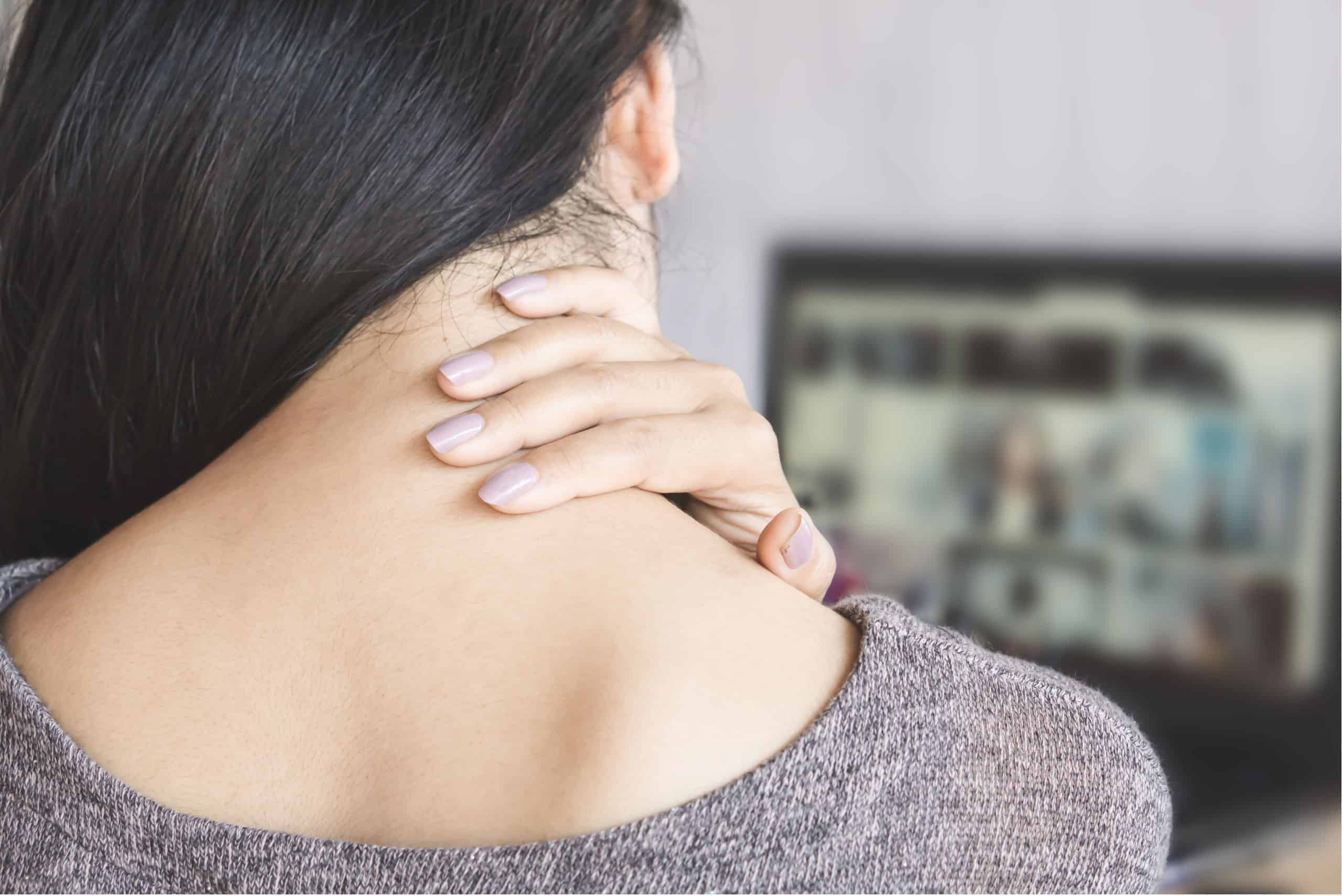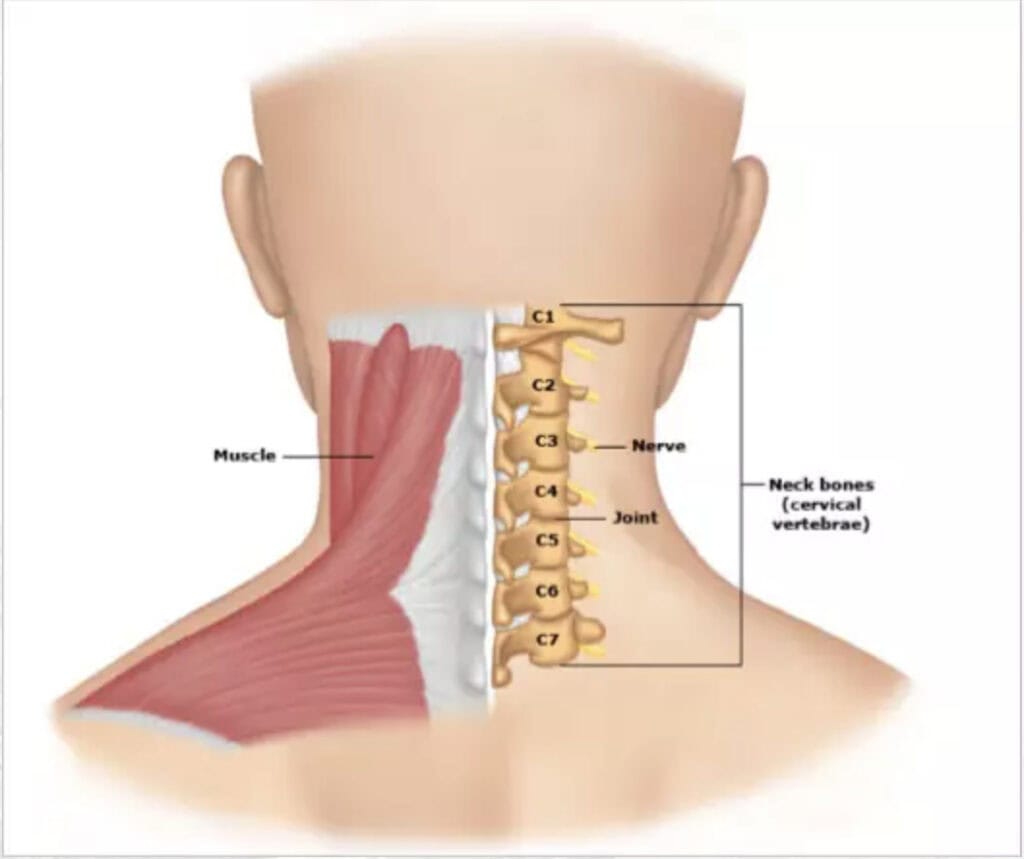
Neck pain is a common issue especially amongst working adults in Singapore. Long hours in front of computers can place unnecessary strain on neck muscles. Despite it being a common complaint, many adults ‘live with’ the problem and do not seek medical help.
Within the neck lies the cervical portion of the spine, which acts as a vital pathway for the nerves coming to and from the brain to the body. Any dysfunction at this level of the spine can severely impact the hands and upper limbs, and may even affect the rest of the body.
The main issue lies in narrowing of the cervical spinal canal, through which these structures run. Narrowing can result in pressure on the spinal cord and may also cause pressure on the spinal nerves which exit the spinal canal at every segment.
Generally, neck pain can either be caused by injury or non-injurious reasons. Neck injuries include those sustained during falls, motor vehicular accidents, and blows to the head. Non-injurious or atraumatic neck pain is insidious and generally a result of poor workplace habits.
Workplace ergonomics are generally poor, with a one size fits all approach. Often times, computer monitors and chairs are either not adjustable, or cannot be adjusted fully. Occasionally, monitors are placed in an awkward fashion, necessitating that one work with their neck at an angle.
This problem is especially compounded if there is an underlying neck condition. Generally, any problem in the neck destabilizes the neck, and the body compensates by dynamically activating neck muscles. This places the muscles under strain.
Over time, the muscles may become fatigued and become unable to compensate. This results in a situation known as decompensation, where the patient starts to experience neck pain, and may also start to have other symptoms.
There are 3 major components of neck pain, and your neck pain is usually a combination of these 3 sources:
Facet joint pain is caused by pain arising from joints in the spine, which are known as facet joints. These sometimes can wear out, and can cause neck pain.

This sort of spinal cord softening results in loss of coordination in the hands, and may lead to the inability to pick up or manipulate small objects. In the asian context, this is commonly manifested as inability to manipulate and use chopsticks or sewing needles/buttons.
In even more severe cases, the patient may experience unsteadiness when walking which can predispose to falls and injury. This condition including the effect on the upper and lower limbs is known as myelopathy.
Here at our center, we will first conduct a medical interview where we will explore the symptoms and causes of your neck pain. This is followed by a focused examination on the neck and associated areas to detect any signs of neck problems.
This is usually followed by either cervical spine X-rays and/or an MRI scan of the cervical spine to further delineate the underlying cause of your neck pain. Based on the available information, we will then present to you our diagnosis of the condition and discuss treatment methods.
A list of conditions that cause neck pain can be found here.
Treatment of neck pain is usually undertaken by the treatment of the underlying condition. We provide a full suite of options for surgical and non-surgical treatment of neck pain, and work with a curated team of professionals to manage your neck condition.
Treatments may include: